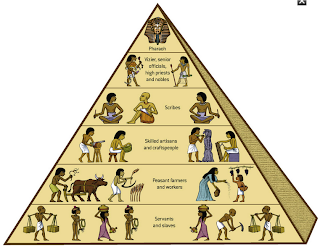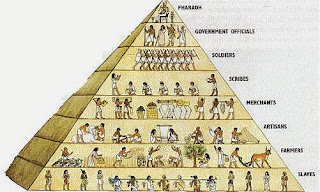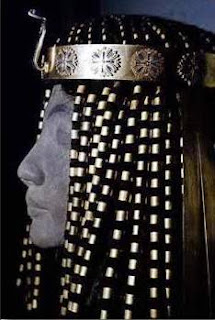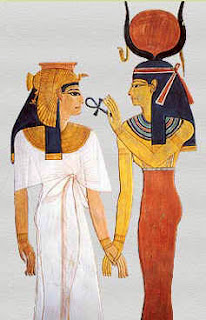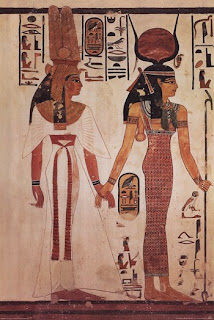
"For beautiful eyes, look for the good in others; for beautiful lips, speak only words of kindness; and for poise, walk with the knowledge that you are never alone."
––Audrey Hepburn
I decided to this post on beauty. I don't know why, I just felt the need to do this post. Beauty is everywhere, it's in everyone and everything. You just have to look for it.
Society's perception of beauty is so slanted and distorted. It will tell you that beauty is this way and only this way, and because of this, beauty is often lost and goes unnoticed. But beauty is all kinds of different things.
Beauty isn't just about how you look. Beauty is about so much more. It's about what's in your heart. Beauty is about the kindness you share, the love you give, and the joy your bring to others. It's about caring, it's about giving, and it's about what's on the inside.
Below, you will find poems on all kinds of beauty. Beauty in nature, beauty in love, beauty in art, and etc.
It's the beauty that I see in the world everyday through someone else's eyes and words.
Not only do I see it, but they saw it too.
Enjoy reading this post about all the different kinds of beauty in this world!
 |
| Picture of a beautiful rainbow sunset |
"God is the greatest artist
To whom no one can compare,
Streaking sunsets very beautiful,
Painting rainbows in the air."
––Udiah

"There is so much beauty in life,
Beauty in the human soul,
Beauty in the heart and in the mind
Of the good man and woman.
There is beauty in nature,
Beauty in the sky and in the clouds,
In the mountains and in the sea.
There is beauty in the creative work of man.
Beauty in true friendship.
And immeasurable beauty in love.
All God's blessings
To delight us in this world."
All God's blessings
To delight us in this world."
––Emmy Nielsen Reyes de Gaspar
 |
| Picture of beautiful nature |
"Beauty is the birds and the bees
Beauty is the songs in the trees
Beauty is but nature and
Nature is but beauty
The things around are beautiful and
The things inside are even more
But beauty is only
What we want it to be."
––Shannon Snyder

"True Beauty"
True beauty is in the way she laughs
True beauty is in her eyes
True beauty is how she acts
True beauty is inside
True beauty is unseen
True beauty is only felt
True beauty is not mean
True beauty is herself
True beauty can't be cruel
True beauty is bare
True beauty within you
True beauty is always there
True Beauty can't be covered with makeup
True beauty means true love
True beauty can't be baked up
True beauty is the flight of a dove
True beauty has no flaws
For True beauty is all that matters after all
––Jean Pullman

"True Beauty"
How true is your beauty
Do your beauty goes just skin deep
Or further than the eye will allow you to see
Does your beauty enter ones mind
Pierce ones heart, and live in ones soul.
Can it hypnotize ones imagination to the point
Where the dream within the dream is about your beauty
Is your beauty only skin deep or is it true beauty
––Craig Mize

"Beauty"
Beauty is in the eyes of the beholder
Beauty is in all things.
Beauty is in the sky.
Beauty is in the water ever so blue.
Beauty is the winter when trees are covered with snow.
Beauty is the summer when you smell and see the flowers grow.
Beauty is all things big and little.
Beauty is in all things,
Black and white.
Beauty is in all things, you and me.
Beauty is all around us...can't you see?
––Edwina Matthews


"Beauty"
Most people find beauty in looks,
But I find beauty from the written words in books.
I find beauty in the sun set and sun rise.
I find beauty in three small dog's eyes.
I find beauty in the motion of the sea.
The green fingers of mother nature are very beautiful to me.
I find beauty in my friends laughter.
I find beauty in stories that end happily ever after.
––Sam Price
 |
| Picture of a beautiful night sky |
"Beauty"
To behold beauty is beautiful
To question beauty is ugly
To fathom beauty in overwhelming
To explain beauty is a task too great for words
To experience beauty is ecstatic
To create beauty is a miraculous act
Have you ever noticed the clouds moving gently over a full moon?
Or the moon reflecting on the sea?
The Smile of a baby is beautiful
God is beautiful
If you have ever experienced beauty
You'll know that despite everything,
Life is beautiful .
––Regis Wilson
 |
| Beauty comes in all shapes and sizes |
"Beauty"
Beauty is a quality bestowed upon one
Beauty is a job that is never done
Beauty comes in all shapes and sizes
Beauty mesmerizes
Beauty can take the form of a rose
Beauty may not have on any clothes
Beauty catches your eye
Beauty is like a shining star in the sky
Beauty seems so right
Beauty is day after night
Beauty is the last dance
Beauty give me one more chance
––Brian Jefferson
 |
| Artwork created by http://needmoreartz.deviantart.com/ |

"Beauty is a Million Colors"
Beauty is more than appearance
Beauty is love
The graceful wings of a dove
The endless imagination in a dream
Beauty is not always something that can be seen
Beauty is laughter
And the remembrance after
Beauty is hope
When you have no reason to
Beauty is he and she and me and you
Beauty is forgiving
No matter how hard
Beauty is kindness
Making the best of a mess
Beauty is tears
And overcoming your fears
Beauty is individuality
The courage to be yourself
Beauty is a book, sitting on a shelf
To define beauty,
An impossible task
Because truly,
Does anyone really know, I ask
Beauty is different to me
Than to you
I wonder if anyone ever knew
––Sareeah Keelyn

Hope you enjoyed this post!
Always remember that you are beautiful! Never let anyone tell you different!
You are beautiful just the way you are! :)
Love always,
LaTasha B.
x0x0x0x










